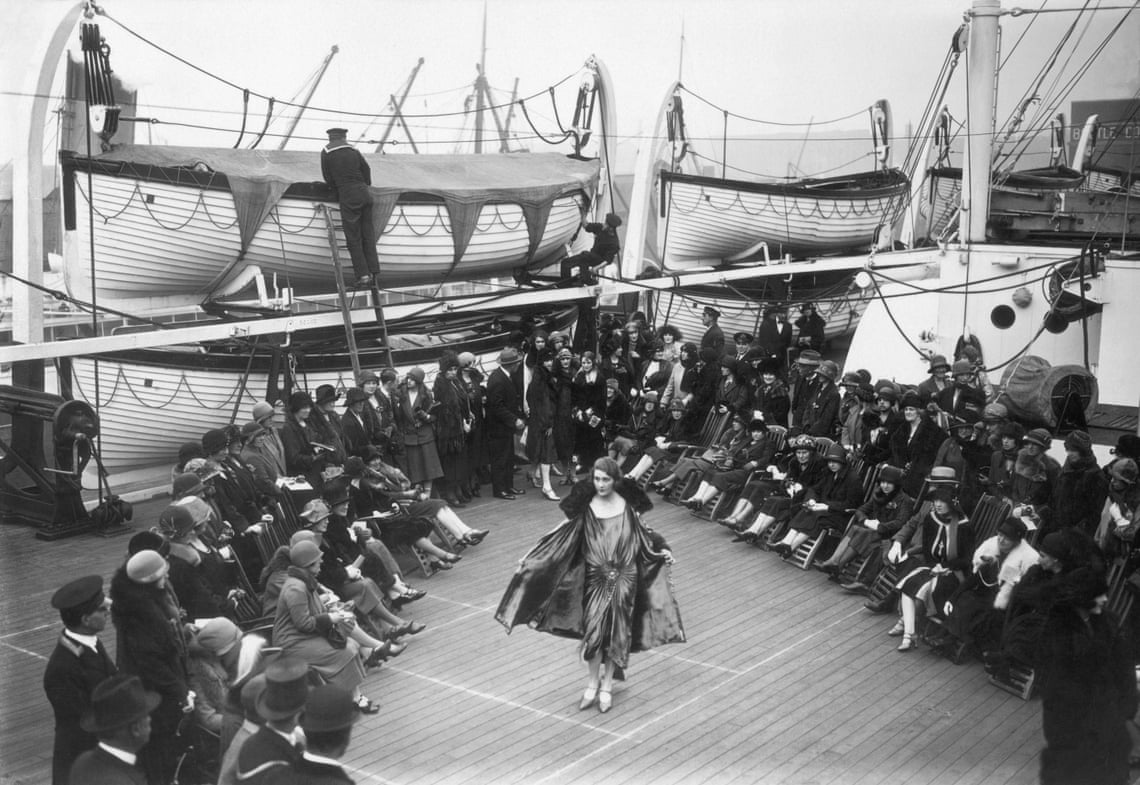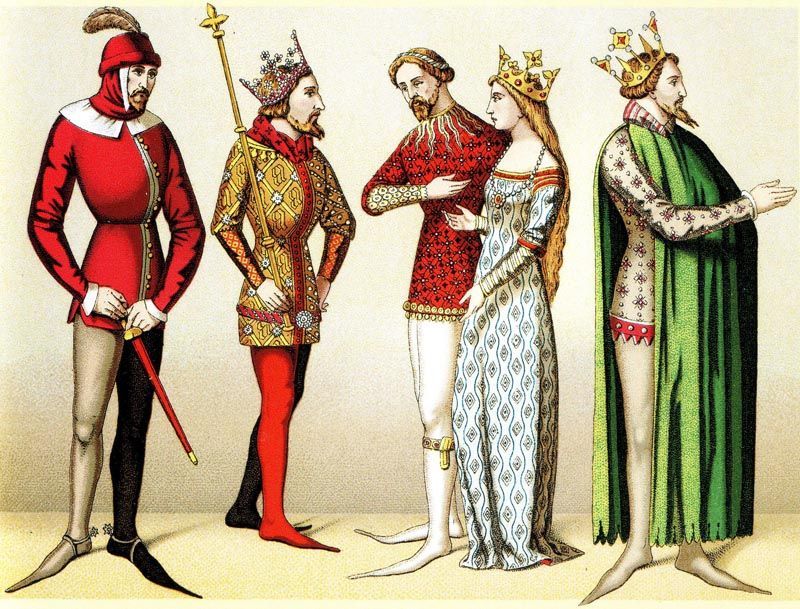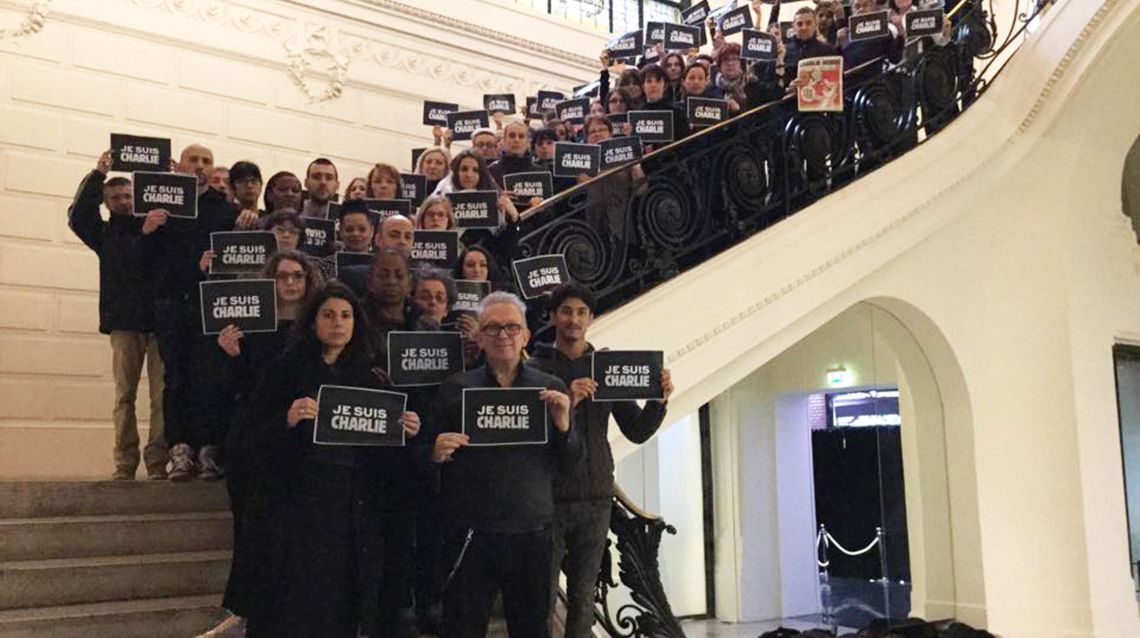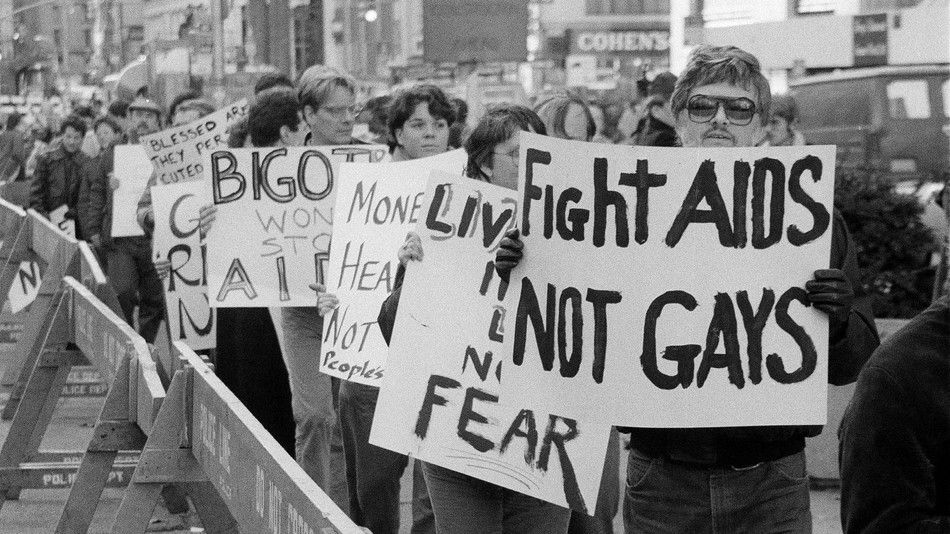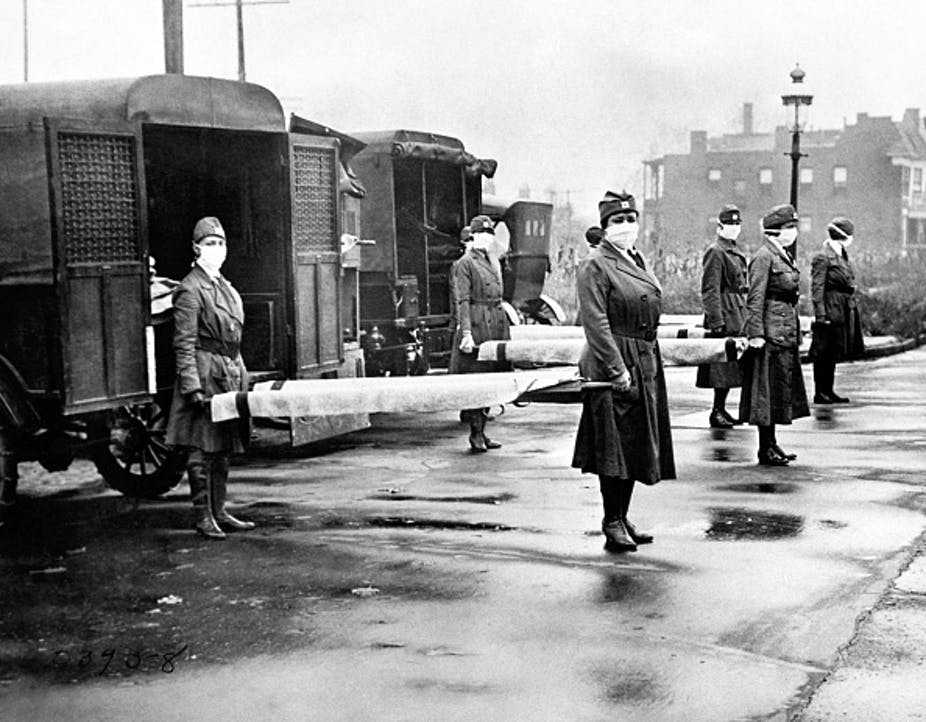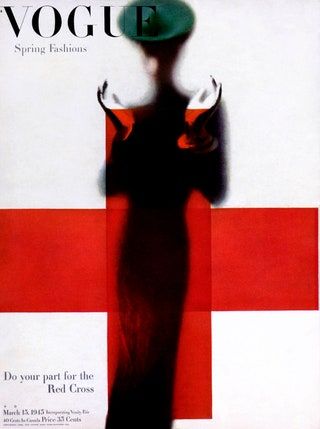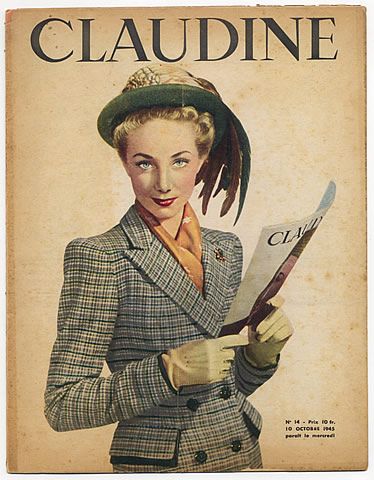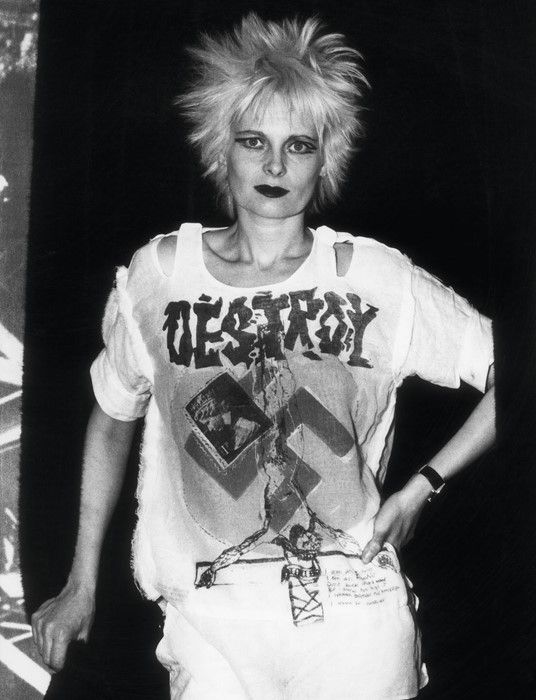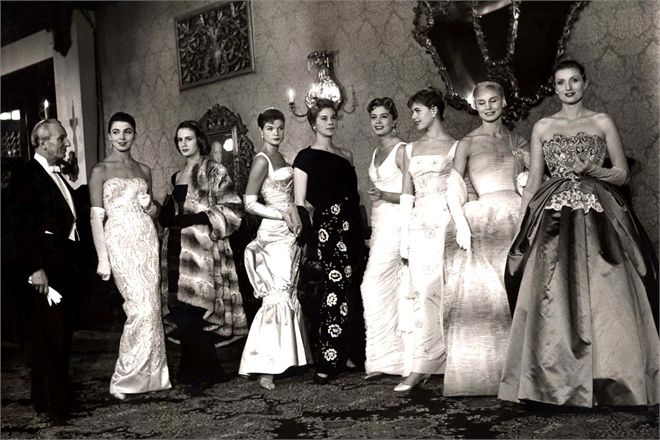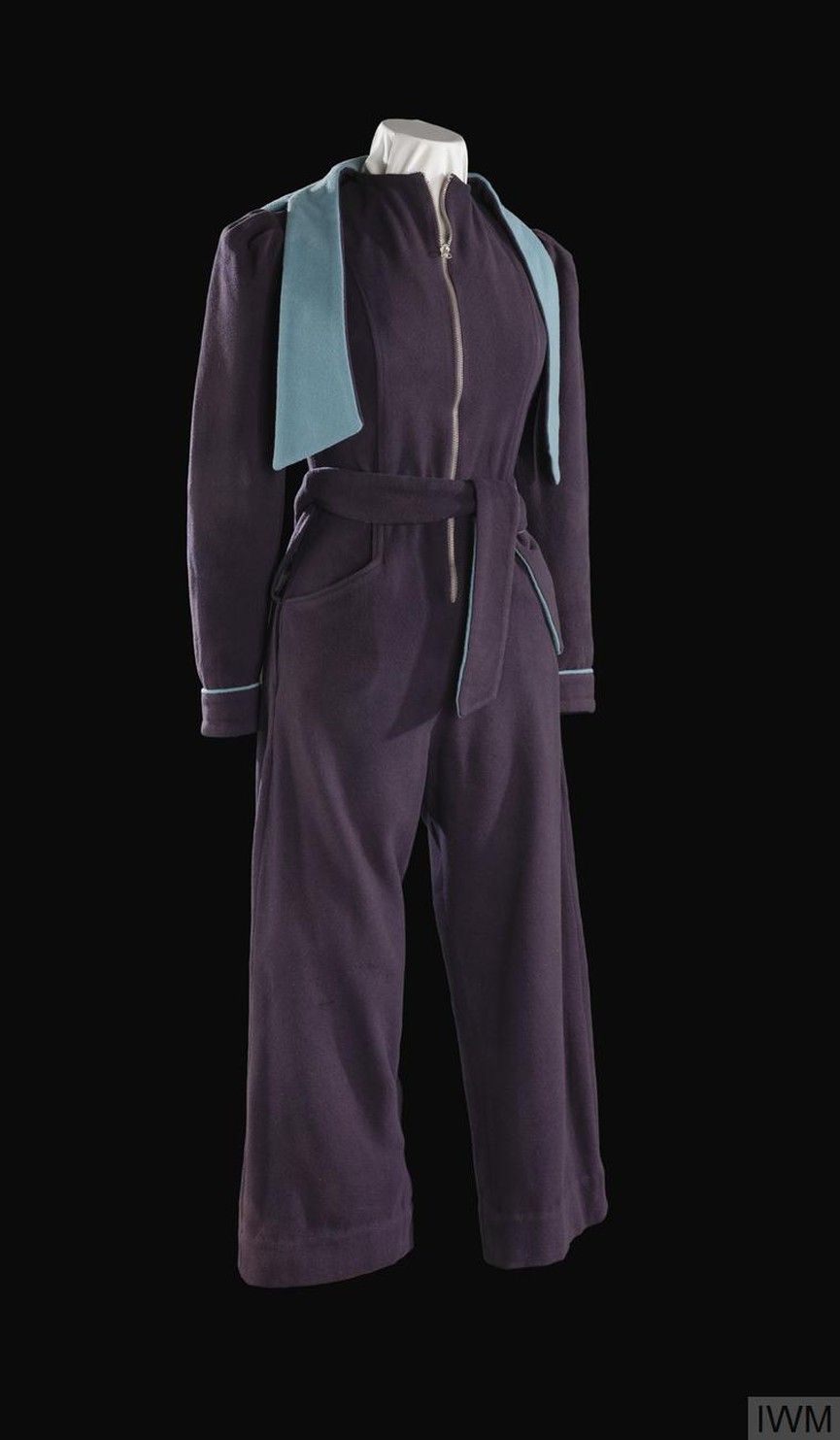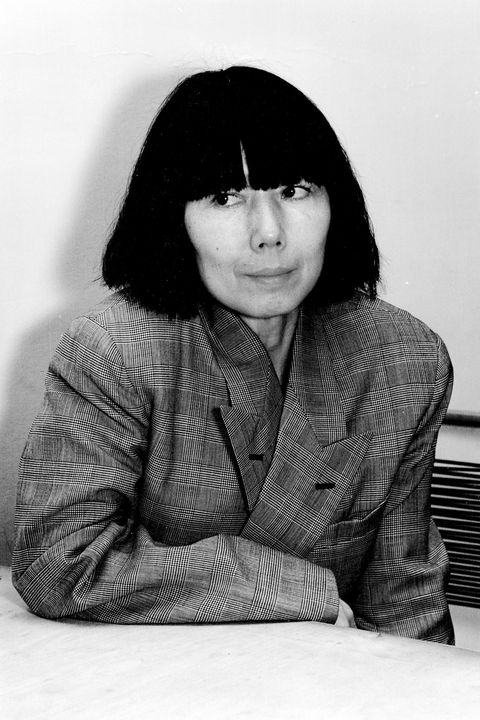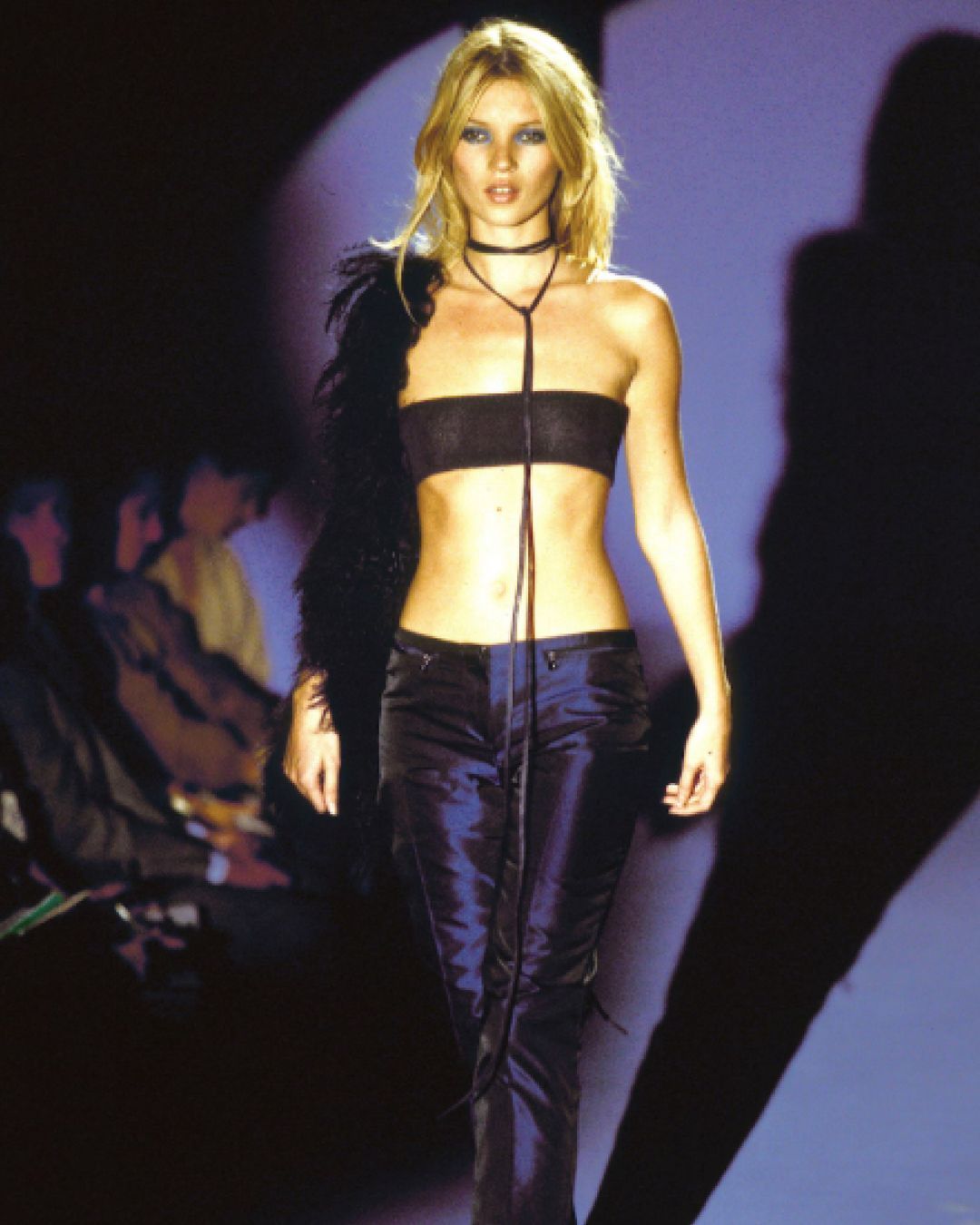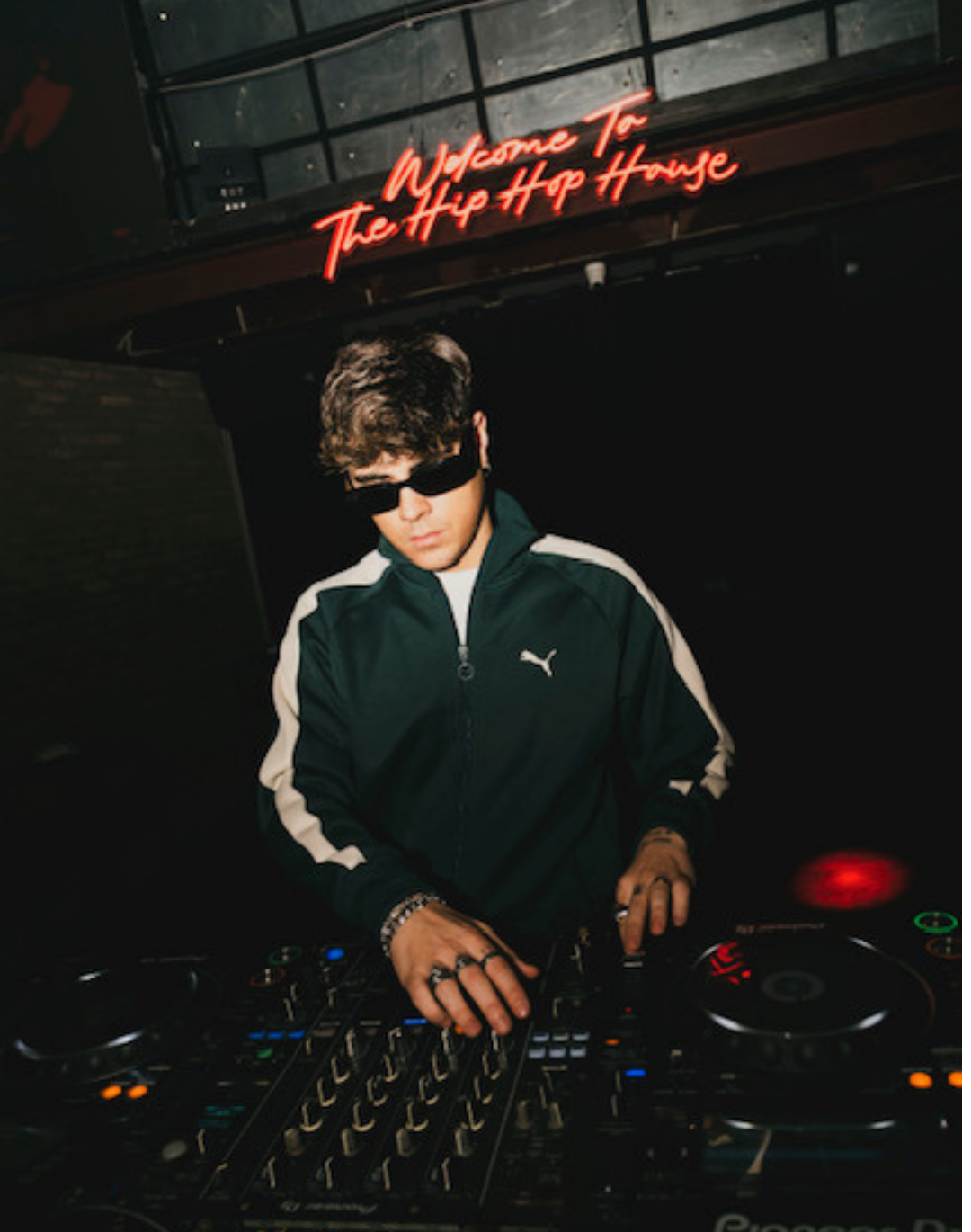
How has fashion handled disaster throughout history? From the plague of the 1300's to terrorism in the 21st century, a timeline on how fashion has changed on the account of tragedies
Within the past weeks, many have been wondering and speculating how the fashion industry might change or evolve following the current global health crisis. Some have been hoping for optimistic changes while others are already more convinced that the future might only hold negative impacts after the COVID-19 virus. The reality is, no one can tell for sure, at the moment the industry has come to a complete standstill, with shows and production in all major cities on pause as we patiently wait for the cues of doctors and government officials. However, it’s important to remember that although this may be the first global disaster witnessed by a few generations , it isn’t the first crisis the world has seen. As a species, we have been through many pandemics and catastrophic disasters before and alongside those, fashion at large has changed and evolved in reaction to those into what we know as the fashion industry today. From as far back as the 12th century, to as recent as 2001, fashion has adapted to difficult times using different mechanisms. Let’s have a look on how the industry has reacted to disasters throughout the centuries.
1. The Black Death , 1347-1351
In 1347, the deadly disease known as The Black Death or the Bubonic Plague struck Western Europe and England and was recorded as the most devastating pandemic in human history, killing an estimate of 75 to 200 million people. Italy was one of the first European countries to be hit, and from there it was spread throughout France, Spain, Portugal, England as well as other European nations. The killer virus not only had a huge effect on local populations, but consequently also had an arguably positive effect on the economy as well.
The Birth of Luxury
Changes in fashion were made as a result of changes in the economy as many fashion historians refer to this period in the 14th century as the birth of tailoring. The Black Death wiped out a significant amount of people, especially in Italy, and scholars have reported that because of this great decline in the population, those that were able to survive the disease were able to inherit great wealth, which resulted in the increase of luxury spending, as investments in luxury goods began trending, especially by women. This increase of consumerism, resulted in more alterations in style and design. Long ceremonial garments, were initially the main craze for women followed by a tight and closer fit as the use of buttons became more popular, and served as an important piece of ornamentation. It was the century where luxury was born, silks, wool and cotton became even more valuable than they previously were.
In her book Sumptuary Law in Italy, 1200-1500, author Catherine Kovesi explored the range of regulations that affected Italian life, whether weddings, funerals, clothes, gifts etc, and in the 13th century the amount that one was allowed to spend on clothing was raised to twenty sumptuary regulations, which at the time was quite a substantial amount. Following this in the 14th and 15th century , this amount doubled and tripled as luxury spending on fashion soon became the norm for many.
2. World War 1/ Spanish Flu, (1914 - 1918), (1918 - 1920)
These two moments in history can be summed up as two of the world’s greatest tragedies. The total number of deaths in World War 1 was estimated to around 22 million including military personnel and civilians. Following the War, the world was hit with the fatal influenza known as the Spanish Flu, which took the lives of at least 50 million people. Resulting in a sum of around 72 million tragic deaths in the span of four years across China, USA, Germany, Spain, France and other European countries. Of course, these disasters resulted in a massive impact on the economy. During the war, a 7 month recession occurred which made the economy shrink by 25% , and after this, there was The Depression that came just 10 months after the war which lasted until 1921. This period from 1914 to 1921 were also some of the worst years for the global financial industry.
The Roaring 20’s / The Boom of Haute Couture and Fashion as We Know It Today
The aftermath of these of these tragedies was one of the most innovative periods the world has ever seen. This period from the 1921 - 1929 saw the invention and popularization of new technological innovations such the car, the radio, the refrigerator, the electric washing machine etc, and as a result, the stock market saw a massive boom in spending in America and worldwide, simply because after the pressure of the war and the pandemic, many people wanted to simply have fun and spend money.
This was also the period when women were given the right to vote in the United States. This new found freedom and desire to have fun, caused for a shift in female fashion. Dresses were shorter, looser and more revealing as trends moved away from the Victorian era of dressing. This new demand for new clothing, called for the birth of the fashion industry as we know it today and also for the dawn of the golden age of Haute Couture in Paris. Many fashion houses and designers & couturiers began their journey during this period — Gabrielle “Coco” Chanel became popular in Paris ; Jeanne Lanvin also thrived with her brand Lanvin; Gucci launched in Florence in 1921; Elsa Schiaparelli returned to France to start her business and the house of Fendi launched in Rome in 1925. This was also the period when fashion shows formerly known as “fashion parades” become popular as designers began showcasing their collections with an audience in their stores. In summary, this period was of great importance in the development of the fashion industry.
3. World War 2 , 1939 - 1945
The Second World War was one of the deadliest conflicts in human history. The global battle featured the vast majority of countries and included horrific acts such as the Holocaust, massacres and genocides which resulted in the deaths and murders of 70 - 85 million people.
The Creation of Utilitarian Clothing and The Rise of Italian Fashion
Regardless of the declaration war, the fashion industry did not stop producing during this period, however as a result of scarcity and the toll the war had taken on the economy, people were encouraged and instructed to make clothes within the guidelines of the restrictions that existed regarding fabrics, leather and metals. This resulted in the creation of utilitarian clothing. Simpler, more sensibile silhouettes were shown on the first runways in Paris after the official declaration of the war . Everything became simpler as a result of scarcity, prices rose as silks and some cottons were became difficult to find and the women’s jumpsuit was also introduced by French and English designers initially as ‘Siren Suits’ as a practical one piece garments that women could put on quickly in the case of an air raid. These regulations did not just apply to female clothing but also menswear — lapels had to be within a certain size, the number of pockets were restricted and doubled cuffs were also banned. Regardless of all these restrictions , the fashion industry managed to turn utility designs into a huge success , with minimalistic trimmings and silhouettes receiving favourable reports.
After the World War, the restrictions on clothing continued for quite some time, but designer Christian Dior sparked controversy for launching his luxury label in 1946, during a time when fabrics were still scarce. The designer was called “unpatriotic” by the press for having presented a New Look with a voluminous skirt that required the use of more fabric than usual.
“In a time as dark as our own, where luxury consists of guns and airplanes, our sense of luxury must be defended at all costs.…I believe that in it there’s something essential. Everything that goes beyond the simple fact of food, clothing and shelter is luxury; the civilization we defend is luxury,” an iconic quote from the late designer on the matter.
Subsequently, as French designers began to up the ante, Italian businessman Giovanni Battista Giorgini saw the potential in Italian fashion and took the initiative to organise the First Italian High Fashion Show at his private residence in Florence in 1951, which included collections from Emilio Pucci, Giorgio Avolio, Germana Marcello, among others. This was unofficially Italy’s first fashion week & only 7 years later the Camera Nazionale Della Moda Italiano was founded.
4. The AIDS Crisis , 1981 - present
HIV/AIDS is an infection that many are still currently living with as throughout the years doctors and scientists have managed to discover medications and methods to successfully treat the disease and control the epidemic. However, prior to arriving to this period of triumph in understanding the virus, it is no secret that more than 700,000 people have died since its inception, and the peak of this number, was seen in the 1980’s. The disease affects a great number within LGBTQ+ community and specifically gay and bisexual men who make up 50- 70% of HIV diagnoses.
The Industry’s Betrayal & The Decade of The Female Designer
This automatically establishes a connection with the fashion industry as many of the industry’s designers and creatives were and still remain a part of the LGBTQ+ community. The AIDS crisis in the 80’s took a sorrowful turn, claiming the lives of iconic designers such as Perry Ellis, Chester Weinberg & Franco Moschino, famous fashion stylist Ray Petri who took a lot of his inspiration from gay clubs, as well as several hairstylists, make up artists and creatives who were at the peak of their careers. So it was fair to say gay culture and fashion had and still has a very tight bond. Fashion influences queer culture and queer culture influences fashion. Yet , regardless of undergoing such great loss, the industry’s reaction to the crisis is still viewed, especially by the queer community today as unsatisfactory.
With the AIDS Crisis, came a lot of stigma, not just a stigma geared towards AIDS victims , but towards gay, bisexual men & transgender people. What many expected was for the fashion industry to become an ally for LGBTQ+ people during this difficult time, given their sacred bond, but unfortunately for the most part, the stigmatisation around the disease also managed to seep into the fashion community, especially in New York. According to Not Just A Label, “there was an unapologetic discrimination that was marked by the beginning where young gay, male designers, untouched by AIDs found it near impossible to secure any financial backing to help launch their career.”
This abandonment was caused out of fear as the fashion industry found it impossible to separate homosexuality and AIDS, which caused a lot of young fashion labels and creatives to fail. This shelving of male designers (mainly in New York), resulted in a minor surge of female designers like Vivienne Westwood, Rei Kawakubo & later on Stella McCartney which was good in one sense. Since then, the industry has progressed throughout the decades and adapted to acknowledge the disease, however, many within the industry still remain vexed for the industry turning its back on the LGBTQ+ community during a time of need.
5. 9/11 & Terrorist Attacks , 2001 - 2017
The events of September 11, 2001, is a horrific memory of the morning that a series of four coordinated terrorist attacks were launched by the Islamic extremist group al-Qaeda against the United States, specifically in New York. The senseless attacks took the lives of 2,977 people and left over 25,000 injured.
The Recognition of Young Talents
The factual horror story holds a direct link with the fashion world as the events occurred on the fourth day of a booming New York Fashion Week which resulted in the cancellation of 73 fashion shows. In the days following the attack, major fashion houses like Ralph Lauren, Michael Kors & Oscar De la Renta, turned their fashion productions into simple presentations in their showrooms, however young designers and creatives with limited finances were left with no option but to entirely cancel. However, as a solution to this, new initiatives and programmes were born like the CFDA & Vogue Fashion Fund that sought to help young designers grow during a time when it seemed near impossible. This was when the industry began using it’s sense of patriotism and community as a way to find a light at the end of a dark tunnel and support those who might have suffered the greatest financial blow from the crisis.
In the ensuing years the number of terrorist attacks grew within Europe, major fashion hubs like London, Paris and Madrid were targeted by the same or similar extremist groups from 2004 to around 2017. However, the industry chose to collectively react with resistance and bravery against violence. The biannual fashion week events weren’t cancelled or postponed, but hundreds of armed police were included at the Fall/Winter 2015 runways in Paris as Europe remained on high alert. Many fashion houses and insiders also chose to speak out, like Belgian designer Walter van Beirendonck who made a statement sending a model down the runway wearing PVC shirt with the words “Stop Terrorising Our World,” and magazines and designers like Jean-Paul Gaultier and Elle France who included themselves in “Je Suis Charlie” campaign which was created in effort in support of victims of terrorism. Although the industry prevailed, fear still struck consumers and luxury sales declined as many were afraid to venture in Europe during this time which caused a decline in sales being reported by houses like Prada, Hermes & Louis Vuitton during 2015. Regardless of this, it was still a spectacle to remember as one of the first times the industry showcased a general sense of solidarity.
These are only some of the few instances of how the fashion industry has reacted in the face of crisis, most instances have proven to be more hopeful than not. This current crisis is the first time in over a decade that fashion week activities in its entirety have been postponed/cancelled, in all major fashion capitals. This is not to compare the severity of different natural and man-made disasters but rather to reflect and pay respect to the lives we have lost so far and hope that some good will prevail from the current hiatus, especially considering there are pressing concerns on the line such as sustainability & diversity and inclusion. Initiatives have already begun with fashion houses donating millions in support of overcoming the virus, one can only hope that as a collective industry once we are on the other side of the bridge we will continue to make a shift towards a positive direction as we navigate towards building a new normal post COVID-19.










































